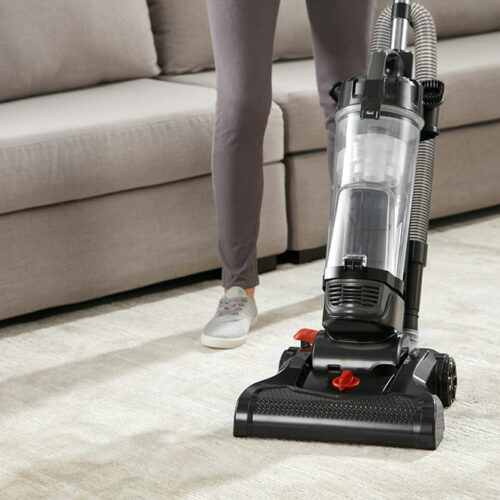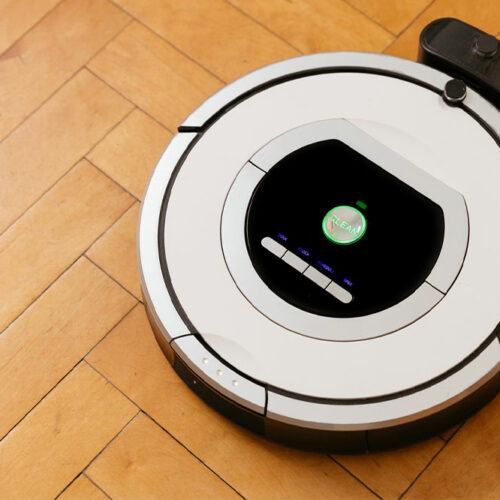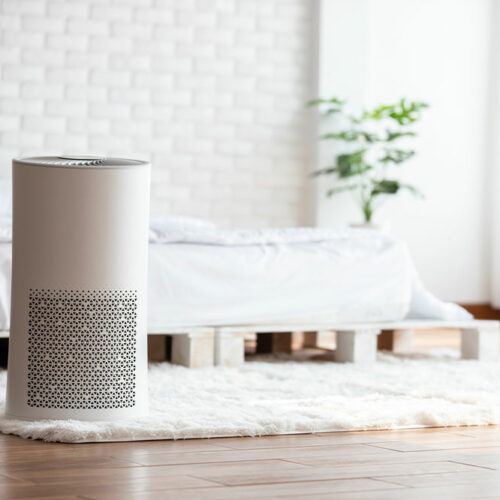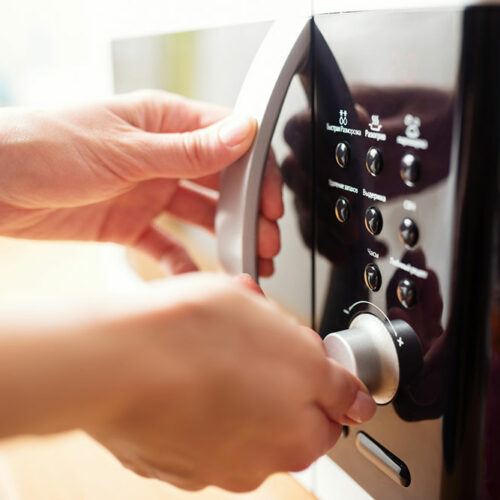6 common mistakes people make when vacuuming

While most homes in the country have vacuum cleaners, only a few homeowners know how to use the device correctly. Although this versatile home appliance is convenient, it is an investment. However, by simply learning how to handle the machine, you can use it lifelong. Thankfully, most of the mistakes are avoidable. Let’s take a look at the six most common vacuuming mistakes that we tend to make and how to avoid them. Six common vacuuming mistakes to avoid Vacuuming in one direction This is the most common mistake homeowners tend to make. People often use the cleaner in a single direction. However, the appliance is designed to operate in both directions. When you use the cleaner in one direction, it sucks up the dust and grime from one direction and leaves behind the contaminants from the other side. However, when you use the appliance in both directions, a higher concentration and percentage of stubborn allergens, dirt, hair strands, and dust get removed. Optimal use of the device is possible only with bi-directional usage. Using the machine too fast Most people believe that since the vacuum cleaner is a machine, it can do the work fast. While it is faster than manually dusting and brooming the floor, it still takes time to clean the place.






